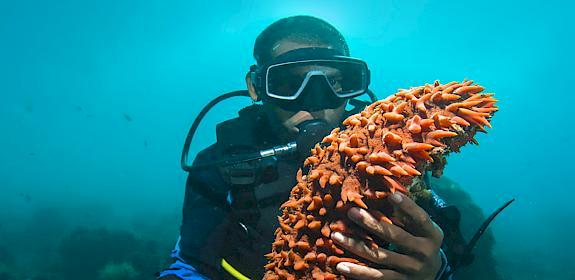CITES Parties agree on Manta rays proposal
Bangkok, Thailand, 11th March—Governments at a United Nations meeting on wildlife trade today voted for better international trade controls for Manta rays. The rays are in decline owing to overfishing for their high-value gill plates.

The proposal from Colombia and Ecuador was successful in listing Manta rays under Appendix II of CITES (the Convention on International Trade in Endangered Species of Wild Fauna and Flora). It means strict measures will be put in place to regulate the international trade in the species concerned.
Manta rays are principally targeted for their highly valued gill plates, which are traded internationally, although they are also retained for their meat and skins. Just three years ago, scientists confirmed the existence of two separate species within the group.
The rays are particularly slow growing with low productivity making them highly susceptible to over-fishing. Some produce only one pup every 2-5 years. They also congregate at well-known aggregation sites and follow regular migration pathways, which allows for greater targeting of the species by fisheries.
“First sharks, now Manta rays; today has been a red letter day for marine species,” said Glenn Sant, TRAFFIC’s marine programme leader. “If the meeting endorses these decisions in plenary, CITES will truly have come to the forefront of marine conservation efforts.”




